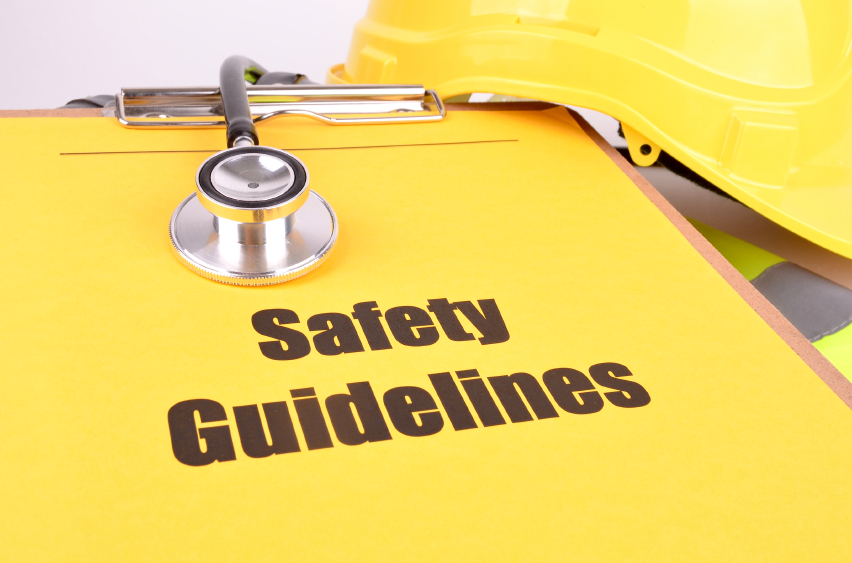Workplace safety training is most effective when it is part of a comprehensive program that promotes a culture of safety and actively engages employees to keep all employees safe within the organization. How does the safety culture at your company stack up, and how does your training work to promote it?
 |
Take Rockline Industries’ behavior-based safety program. The program trains employees to observe work tasks and to provide feedback about safety procedures. “It also trains production team members to serve as safety coordinators, who help improve training and communication at a smaller, teachable team level,” the company explains.
Rockline Industries® credits its safety training with helping two of its plants in Arkansas attain significant safety milestones this past fall. The company’s Springdale manufacturing facility was honored by the state for achieving 6 million safe work hours. In addition, the Booneville plant was recognized by state agencies with the “Four Year Accumulative Safety Award” for going 4 years without 1 lost day of work due to work-related injury or illness.
Educating employees about—and involving them in—the safety process has also helped The Kraft Heinz Company in Fort Smith, Arizona, attain 3 million work hours without a lost day due to job injury or illness. Drake McGruder, operational risk manager at the plant, attributes that accomplishment in large part to the fact that employees at all levels own the safety process and feel personally accountable for their own and others’ well-being.
“We talk safety every single day and we begin every meeting with safety. It’s so top of mind—not a day goes by where employees are not hearing something safety related,” says McGruder.
Employees serve voluntarily on safety committees, which is one of the ways they stay engaged in the process. McGruder says the site has an active reporting structure and a formal behavior observation process. In addition, employees do not hesitate to let coworkers know on an informal basis if they see them working unsafely or making risky choices.
Here are some additional training-related best practices to help create a safety mindset in your organization.
Train new hires. You have an obligation to keep workers safe on the job from day one. Even if new hires have experience elsewhere, make sure they understand your company’s safety standards and protocols, which might differ from what they learned in previous jobs.
Provide refresher training. In addition to mandated refresher training, it is important to review key topics with employees. This includes keeping them in the loop when processes or procedures change—and reminding them of the potential safety ramifications of not following new procedures. Mix it up a bit with your training approach when revisiting the same topic. If you present the same information in the same format over and over, learners might not pay attention.
Offer periodic safety reminders. Keep safety top of mind by offering safety messages in person, electronically, and in writing—during staff meetings, in e-mails, on your Intranet, and on company bulletin boards, for example. This can include reminders to stay focused and can avoid letting job-related distractions or personal issues detract from safety.
Keep workers aware of changing variables. Employees need to be trained on hazards that change depending on location, season, staffing, and other variables. For example, a job that poses no hazards outdoors could turn toxic indoors, where hazardous vapors could accumulate.
Train supervisors to lead by example. If managers and supervisors do not follow safety protocols, rank-and-file employees might interpret that to mean that they do not have to do so either.
